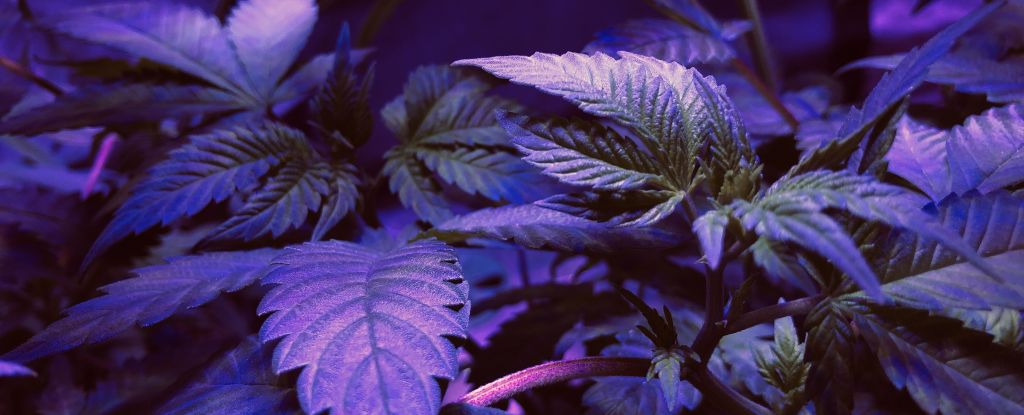In the search for extraterrestrial life, scientists already know that we may be looking at a world very different from Earth’s verdant, plant-dominated biosphere.
Exactly how different is hard to know, but our own planet can still give us some clues. For example, some organisms can live in environments that are highly inhospitable to most other life on Earth.
But what would a counterpart to alien plant life look like?
Well, life on Earth also offers another possibility for this. While a large proportion of producers here contain green chlorophyll to survive, photosynthetic bacteria that thrive in low-light conditions tend to appear purple to take advantage of infrared radiation.
“Purple bacteria can thrive in a variety of conditions, making them one of the leading contenders for dominating life on a variety of worlds,” said Lgia Fonseca Coelho, an astrobiologist at Cornell University’s Carl Sagan Institute.
“They already thrive in certain ecological niches. Imagine if they weren’t competing with green plants, algae and bacteria: the red sun could provide them with the most favorable conditions for photosynthesis.”
The most abundant stars in the Milky Way are not like our sun; instead, they are smaller, redder, and emit much less heat and light than our own stars. Up to 75% of the stars in the Milky Way are red dwarfs, prompting scientists to speculate whether life could arise on red dwarf exoplanets, what it would look like if it did, and most importantly, how we might detect it.
The Carl Sagan Institute has been working to classify different life forms and figure out what they would look like from a distance if we were observing them on another world.
On Earth, the most common photosynthetic pigment in plants is chlorophyll-a. It’s no accident that this is also found in cyanobacteria. The chloroplasts in plant cells that contain the chlorophyll pigment are actually a type of symbiotic cyanobacteria that were absorbed long ago by the ancestors of modern plants and co-evolved to enable their hosts to photosynthesize.
frameborder=”0allow=”accelerometer; autoplay; clipboard writing; encrypted media; gyroscope; picture-in-picture; network sharing”referrerpolicy=”strict-origin-when-cross-origin”allowfullscreen>
Around stars with different lighting conditions, a life form of a very different hue might dominate in a similar way, so Coelho and her colleagues collected more than 20 species of bacteria that use compounds called carotenoids of biopigments to harvest light energy.
These organisms thrive in red and infrared light, using a simpler light-harvesting system than those seen in plants, using bacteriochlorophyll to absorb wavelengths of light not used by plants or cyanobacteria, and without producing oxygen.
The researchers carefully measured the pigments of different bacteria and created models of alien worlds with different surface and atmospheric conditions to determine what they would look like. In all cases, the bacteria caused the Earth to produce intense tints that could be detected.
Depending on the species of bacteria, carotenoids may make the microorganisms look more orange, red, or brown. However, just as the differences between plants and algae remain blurred in forests, grasslands and lush mangroves, the spread of cooler tones across the electromagnetic spectrum could still represent some form of photosynthesis.
This means that if another world evolved a rich covering of life with biology similar to purple bacteria here on Earth, we would have a way to monitor it.
“We’re just opening our eyes to see these fascinating worlds around us,” said astrobiologist Lisa Kaltenegger, director of the Carl Sagan Institute. “Purple bacteria can live in such a diverse range of conditions to survive and thrive, so it’s easy to imagine that purple might just be the new green on many different worlds.”
The research was published in Royal Astronomical Society Monthly Notices: Letters.
#Purple #planet #sign #alien #life #weve
Image Source : www.sciencealert.com
